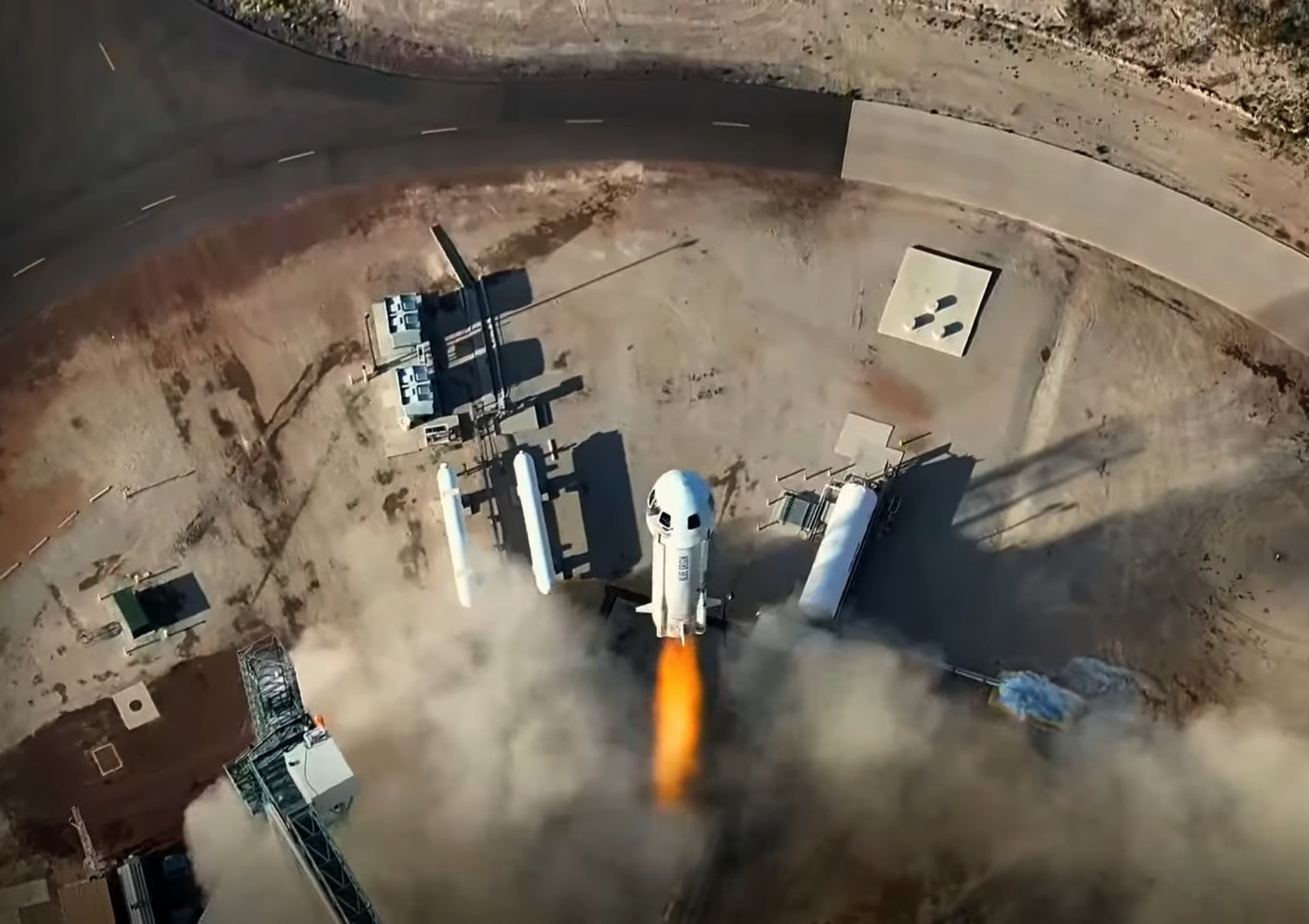Blue Origin is set to ramp up its launch frequency for the New Shepard suborbital vehicle, aiming for a weekly schedule within the next couple of years. During the International Spaceport Forum on September 28, 2023, in Sydney, Phil Joyce, Senior Vice President for New Shepard, indicated that this increase is driven by strong customer demand.
Currently, Blue Origin conducts nearly monthly flights, having completed seven New Shepard missions this year. Joyce stated, “The demand is really strong. We’re continuing to see sales every week, every day.” The company’s backlog has expanded to over a year, underscoring the growing interest in suborbital travel.
Expansion Plans and New Vehicles
To facilitate this increase, Blue Origin plans to introduce three additional New Shepard vehicles, set to enter service next year. These new vehicles will join the existing two that are currently conducting crewed missions. Joyce highlighted that the upcoming vehicles will incorporate upgrades designed for more efficient operations.
“We have a system that was designed years ago that is very expensive to operate. It’s very high maintenance,” he explained. Blue Origin has invested in the next generation of its BE-3 engine, which powers New Shepard, to enhance manufacturability and operability compared to the existing model. Joyce noted that while the new version of New Shepard will have a different appearance, he refrained from detailing the changes.
To achieve a weekly launch cadence, the company must maximize the capabilities of its current facility, Launch Site One, located in West Texas. Joyce mentioned that Blue Origin is considering whether to expand this site or establish a new one. “We’ve done a number of trades about whether to expand that launch site or to look elsewhere,” he stated, indicating a preference for finding a new location.
Looking Beyond US Borders
While Blue Origin has not ruled out the possibility of another launch site within the United States, Joyce emphasized that the primary focus is on international opportunities. “We think there’s possibilities elsewhere around the globe. We think it makes sense to provide this service elsewhere,” he remarked.
Although customers have not specifically requested flights from different locations, Joyce acknowledged that convenience could be a significant factor. He pointed out that many potential customers, particularly ultra-high-net-worth individuals, may prefer to avoid lengthy travel times to reach the launch site.
To establish any new launch site, Blue Origin is seeking a partner willing to invest in the endeavor. “We’re trying to find a partner that’s willing to invest,” Joyce explained. The company aims to collaborate with entities that can enhance the diversity of its operations.
As Blue Origin gears up for its ambitious expansion, the focus remains firmly on meeting market demand and exploring new avenues for growth in the rapidly evolving space tourism industry.





































































